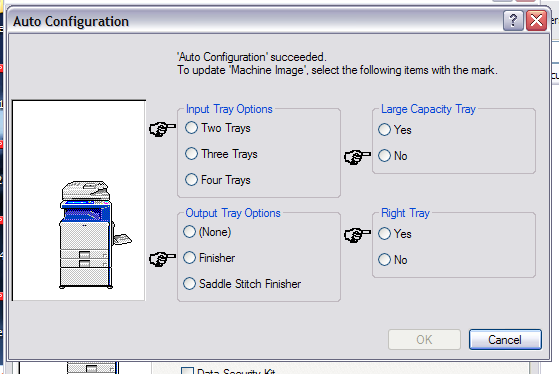Serializalicious
by in Representative Line on 2007-09-28If you aren’t familiar with Serialization in Java, then today is your lucky day! Here’s a quick, crash course in Java Serialization:
Serialization allows instances of classes (i.e. objects) created at runtime to be saved and then later restored at a different runtime. While most developers could probably do this on their own with a GetState() and LoadState() method, Java can automagically do this on virtually any object by preserving its state to a sequence of bytes. All a Java developer has to do is add “implements Serializable” to their class definition, and voila! they can now save state with an ObjectOutputStream and instantiate states into objects with an ObjectInputStream.


 Aug 07
Aug 07

